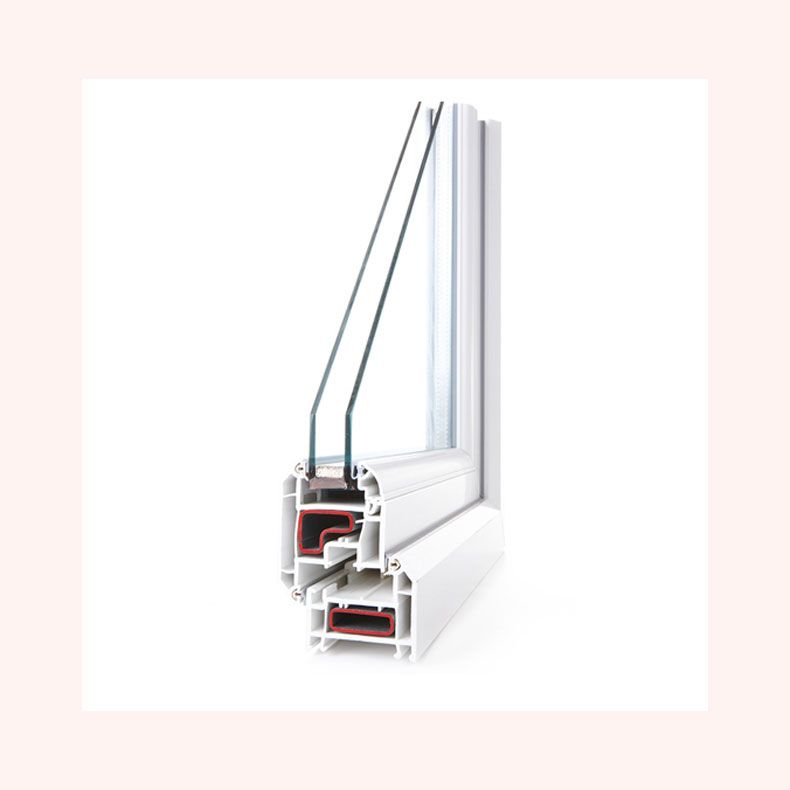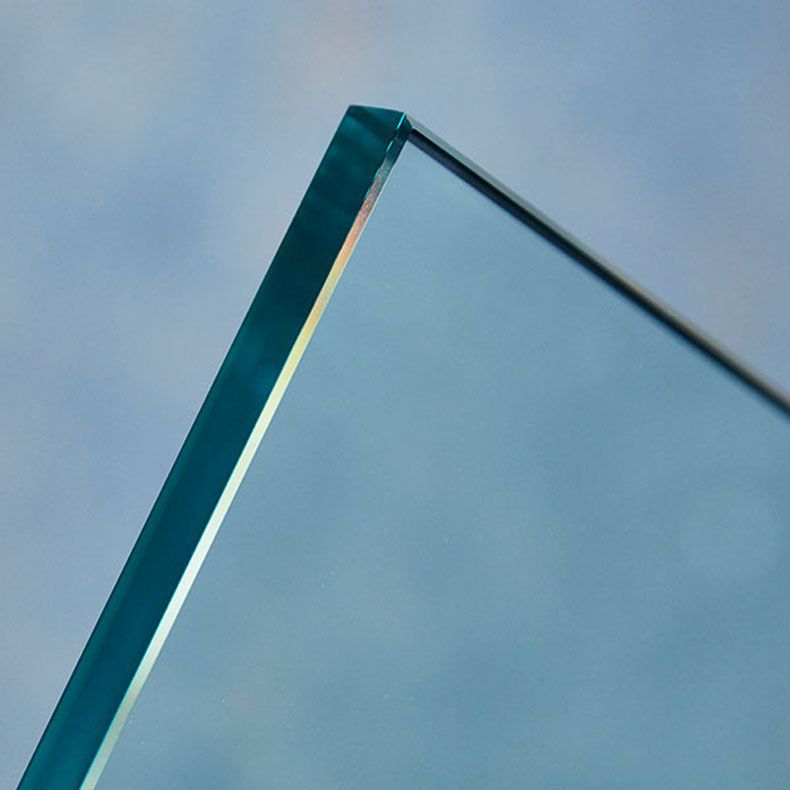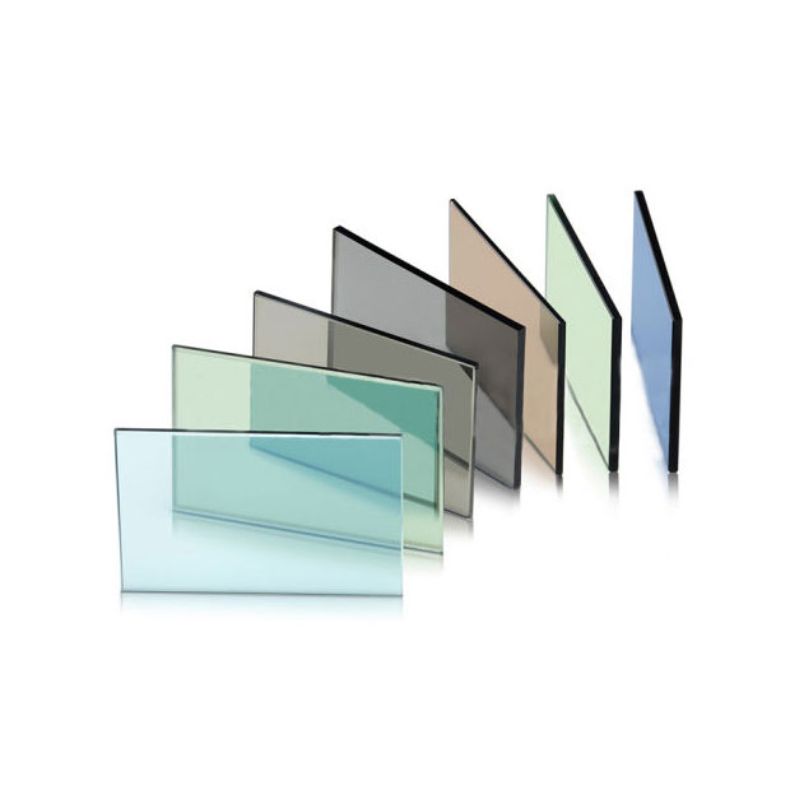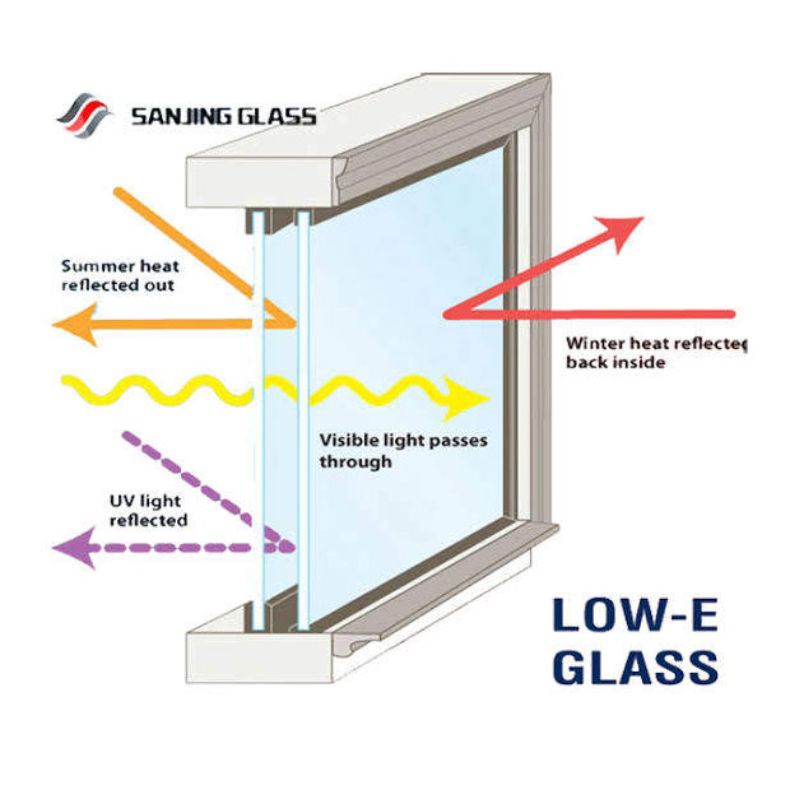
Double Glazed Glass (IG Unit)
Our Double Glazing is described as two or more lites of glass spaced apart and hermetically sealed to form a single glazed unit with an air gap between each lite. As the name suggests, the most important function of and IGU is to improve the thermal performance of glass when used in architectural applications. It is common to find two panel of glass and they are therefore also referred to as double glazing units. Triple glazing units are rare but serve their owners well in very cold climates. Insulated glazing may be framed in a sash or frame. IGU made of glass is called insulated glass. or Double Glazing is described as two or more lites of glass spaced apart and hermetically sealed to form a single glazed unit with an air gap between each lite.
As the name suggests, the most important function of and IGU is to improve the thermal performance of glass when used in architectural applications. It is common to find two panel of glass and they are therefore also referred to as double glazing units. Triple glazing are rare but serve their owners well in very cold climates. Insulated glazing may be framed in a sash or frame. IGU made of glass is called insulated glass.
A more technically correct term, though, is insulating glass, since the glass itself has no insolation properties. It is actually the air space between the glass layers (lites) that provides the insulation qualities. The air space between the lites may be filled with air or an inert gas like argon or krypton which would provide better insulating performance.

Toughened Glass
Also known as tempered glass, it is a type of safety glass that has increased strength and will usually shatter in small, square pieces when broken. It is used when strength, thermal resistance and safety are important considerations.
At home you are likely to find toughened glass in the shower and sliding glass patio doors. For commercial structures, it is used in unframed assemblies such as frameless doors, structurally loaded applications and where there is a danger of human impact.
Toughened glass is typically four to six times the strength of annealed glass.

Tinted Glass
Ordinary tinted glass is popular because it reduces heat gain and carbon emissions, although it also marginally reduces visible light transmission.
High Performance or Low-e tinted glass or spectrally selective tinted glass reduces solar heat gain to below that of ordinary bronze/ gray tint but has a visible transmittance closer to clear glass.
The tint has little effect on the U-factor but reduces solar gain considerably, which can reduce the need for air conditioning in the summer. Tinted glass is useful in controlling glare – especially for those windows facing east or north east. Return the sunlight not glare into your home.

Laminated Glass
Is a sandwich made of one thin layer of plastic Poly Vinyl Butyral between two or more sheets of glass.
The PVB sticks with the glass, forms chemical as well as mechanical bonds. When laminated with annealed glass, the layer maintains the geometric integrity of the pane in case of breakage.
Also, it gives acoustic insulation as well as providing protection against damage caused due to UV radiation because it cuts almost 99%% of UV radiation present in the sunlight.

LOW E Glass
Low-e glass brings out the best that technology has to offer for improving your views and comfort! A cool, metal oxide coating is applied to clear or tinted glass, so that the appearance and performance are the same regardless of glass thickness. Low-e glass is recommended by many energy efficiency experts as a result of high performance combined with aesthetics.
Low-E glass typically cost about 15%% more than ordinary glass, but they reduce energy use by as much as 30-50%%, by using most of the heat gain in winter but keep the harmful UV rays out during the summer, and when used in insulated glass units – can have even better benefits.
For hot climates, low-E coating should be applied to the outside pane of glass. If the windows are designed to provide heat energy in the winter and keep heat inside the house typical of cold climates, the Low-E coating will maximise benefit by being on the inside pane of glass.

